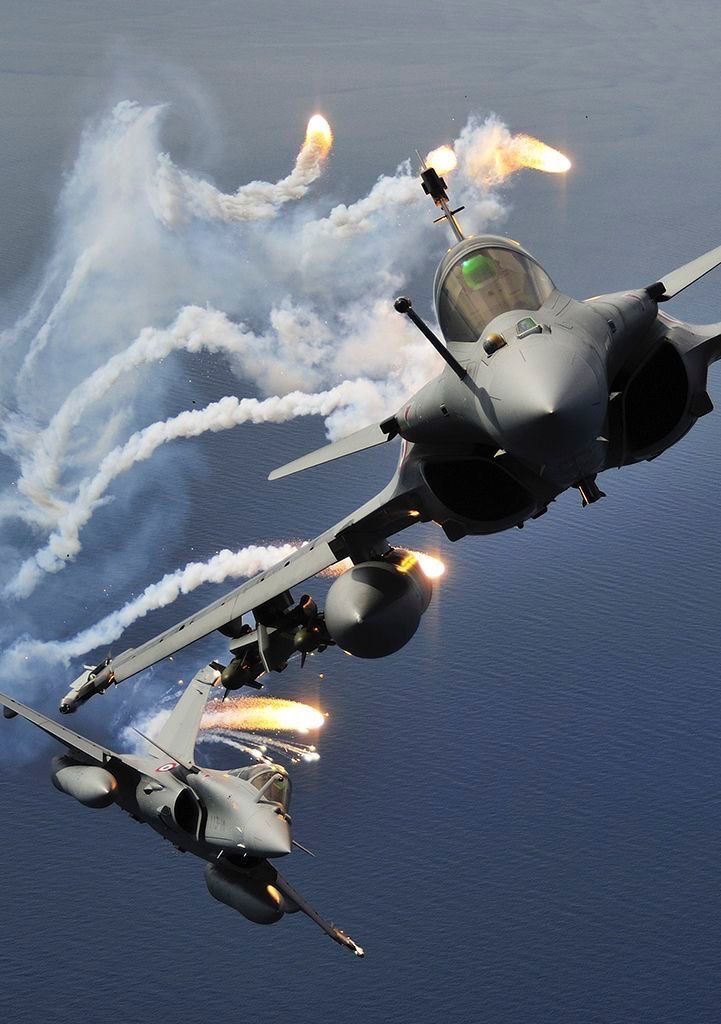
This is a military exercise. Those five words may sound straightforward, but behind them lies a world of strategy, preparation, and precision that few outside the armed forces ever witness. Military exercises are not simple training drills; they are complex operations designed to test readiness, coordination, and adaptability in the face of potential threats. They bring together people, machines, and tactics in an environment that simulates real-world challenges, ensuring that when duty calls, those involved are not caught unprepared.

A military exercise often begins months in advance with meticulous planning. Commanders and strategists outline objectives, whether it be testing new weapons systems, rehearsing joint operations with allied forces, or practicing responses to specific scenarios such as cyberattacks or naval blockades. Every detail, from fuel logistics to communication protocols, is carefully mapped out. Unlike routine training, these exercises replicate combat conditions as closely as possible, creating an environment of controlled chaos that mirrors the unpredictability of war.

When the exercise begins, the scale is often staggering. Aircraft roar across the skies, tanks maneuver across rugged landscapes, and naval vessels slice through open waters. Soldiers navigate harsh terrains, practicing maneuvers in deserts, forests, or snowy mountain ranges. In the modern era, cyber units simultaneously test digital defenses, launching simulated attacks on infrastructure and communications networks. All of this happens under the scrutiny of observers and evaluators who record every success and failure, ensuring lessons are captured for future improvement.

International exercises add another dimension. When multiple nations participate, the focus expands from individual readiness to joint interoperability. This means ensuring that different militaries—each with its own languages, doctrines, and technologies—can operate seamlessly together. For example, a fighter jet from one country might rely on an air-refueling tanker from another, or a ground unit may receive intelligence gathered by an allied drone. These exercises strengthen alliances, sending a clear signal of unity to both friends and potential adversaries.

The human element is perhaps the most important part of any exercise. Soldiers, sailors, pilots, and officers are pushed to their limits, both physically and mentally. They must endure long hours, stressful conditions, and the constant possibility of simulated “enemy” attacks. For many, these exercises are the closest experience they will ever have to actual combat, and the lessons learned here could one day save lives. Beyond tactics, they also build camaraderie and trust within units, ensuring that in the heat of battle, every member knows their role and can rely on others.

Critics sometimes question the cost of such large-scale exercises, noting the millions—or even billions—spent on fuel, equipment, and logistics. However, supporters argue that the expense is an investment in peace and security. By training realistically and rigorously, militaries reduce the risk of mistakes during actual conflicts. Moreover, a well-executed exercise can deter potential aggression by showcasing strength and preparedness.

In the end, a military exercise is more than just training—it is a rehearsal for the unknown. It is a demonstration of discipline, resilience, and cooperation under pressure. When the world sees armored columns on the move, warships patrolling the seas, or fighter jets soaring in formation, it is a reminder that beneath the surface of everyday peace, nations remain vigilant. This is not war. This is preparation. This is a military exercise.

Would you like me to make this piece more descriptive and cinematic (painting a picture of the exercise as if the reader is watching it happen), or keep it more analytical and informative?



